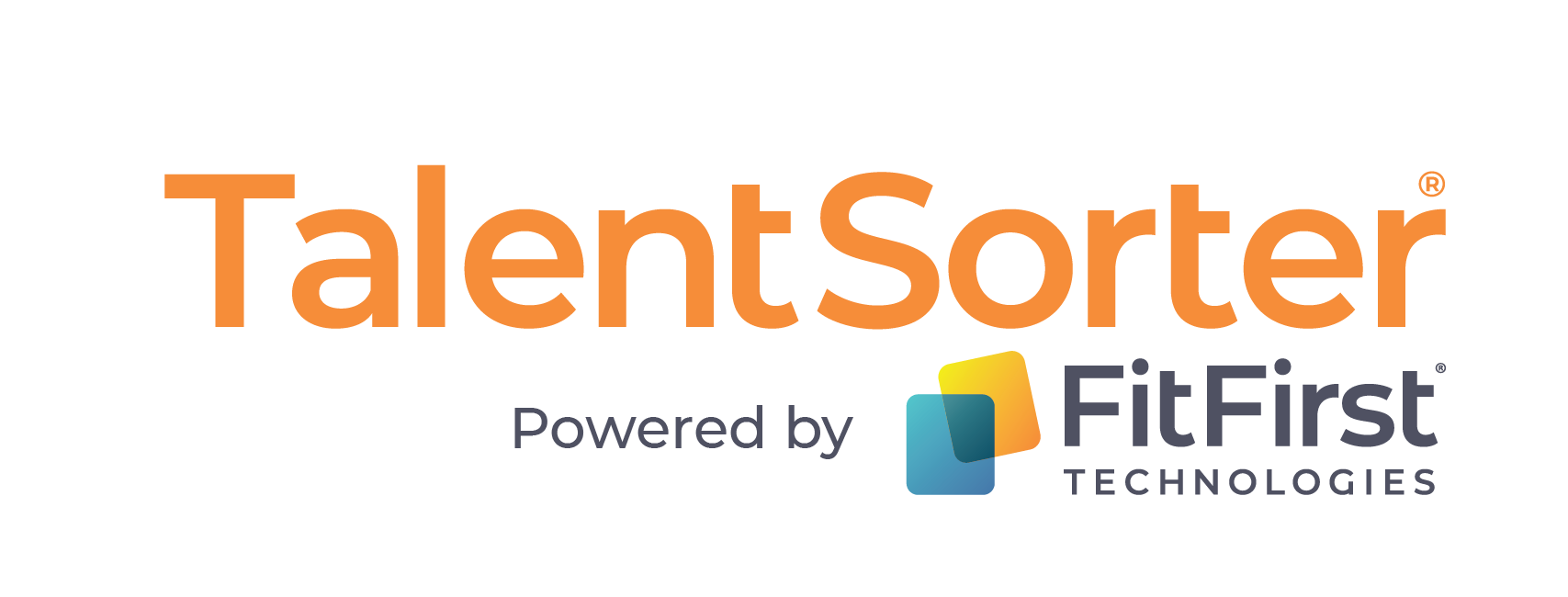Chances are when you graduated college you thought your days of taking tests were over. Then you decided to enter the workforce and discovered that your test-taking days were in fact just beginning.
But now the stakes are even higher; in many cases your success in landing that job you want depends less on your skills and experience, and more in how you answer the many questions in today’s standard employee assessment test.
As an employer, you understand why pre-employment tests are so popular with hiring managers today. They are an effective way to screen a high volume of applicants, and to eliminate those who clearly aren’t suitable for the position.
Testing can provide insights that go far beyond a job seeker’s employment history, education and specific skills.
In fact, when new hires fail, 89% of the time they fail because of attitude and fit problems, not because of a lack of skills or experience (HR Executive Magazine).
That means testing candidates for “fit” is as important as ever.
What are you testing for?
Most pre-employment tests fall into one of two categories: aptitude / ability tests and personality tests.
Aptitude / ability tests are mainly concerned with evaluating cognitive ability, and may test areas such as vocabulary and verbal reasoning, numeracy and numerical reasoning, logic and abstract reason, and spatial relations / pattern recognition.
Rather than measuring specific skills and abilities, personality tests are designed to evaluate candidates in five key areas: openness to experience; extroversion; agreeableness; conscientiousness; and emotional stability.
The results can be a strong predictor of success, both within the specific position and within your company’s corporate culture.
Unlike traditional in-person interviews and resume reviews, which can be skewed by the interviewer’s personal perceptions and unconscious biases, testing can provide objective and consistent results.
The pitfalls of pre-screening
The results you receive are only as good as the testing program you use. The adage “garbage in, garbage out” applies directly to the pre-employment testing process.
To be of any benefit to your hiring practices, any testing program you select must produce valid, reliable, and relevant results. Questions must be carefully designed and tested to ensure there is no inherent bias which could put certain ethnic or socio-economic groups at a disadvantage.
Make sure you are testing for skills and attributes that are beneficial in the position for which you are hiring. This may seem like a no-brainer but is it really helpful to measure keyboarding skills and typing speed if you’re hiring a dog groomer?
Another potential pitfall is the negative impact required testing can have on your candidate pool. When jobseekers find the testing process too long, too invasive, too cumbersome, or the testing program frustrating to use, they often quit without completing the test.
Some of your best and brightest applicants can be lost this way, before their resume even crosses the hiring manager’s desk.
Best practices – quick tips for successful screening
- Choose the right test for the position
- Administer the test as early as possible in the hiring process
- Limit tests to a maximum of 40 minutes in length
- Create benchmark scores by first administering the tests to your existing employees
- Test them for fit
The right test for the right positions
Are you confused yet? What type of testing should you require from candidates? What questions do you ask and what areas do you weight the most?
Do you use an off-the-shelf program or create your own questions?
Adding pre-employment screening tests to your HR processes doesn’t have to be difficult.
TalentSorter takes the guesswork away by identifying which traits are most important to your role and creating a customized assessment unique to that position.
The platform pre-screens candidates for you and ranks them by assigning a FitScoreTM – the higher the score, the better their likely fit with your company and success in the role.
